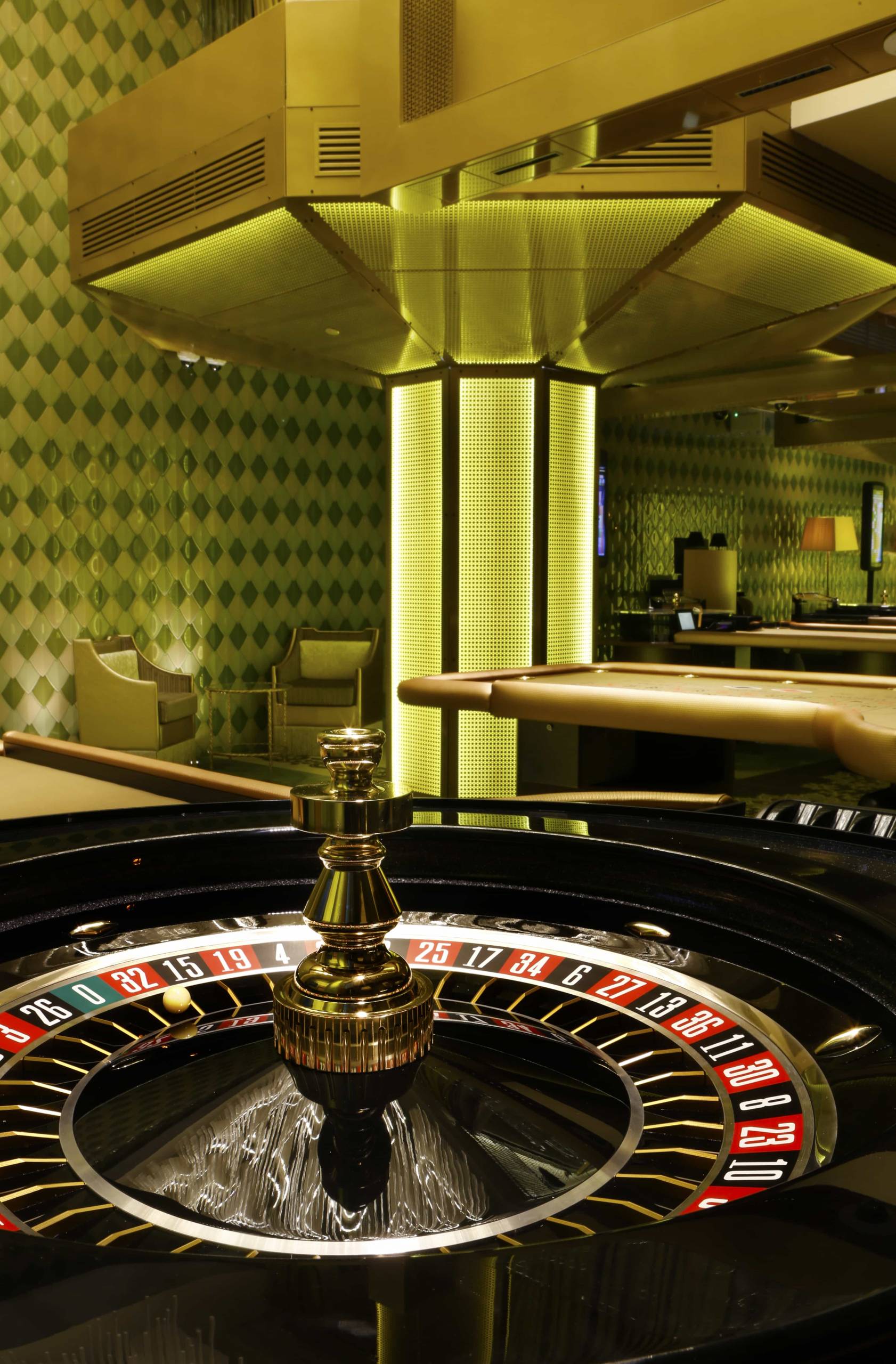A Intriguing Chronicle of Slot Machines
admin
- 0
The saga of fruit machines is a captivating adventure that reflects the evolution of amusement and wagering across the generations. Starting from their humble start in the final decades of the 1800s to growing into a fixture in gaming halls across the world, these chance games have undergone notable transformations. Casino slots games have captivated players with their bright graphics, enticing concepts, and the promise of life-changing wins.
At first designed as mechanical devices with spinning cylinders and limited images, slot machines have grown into advanced electronic games that feature modern tech and engaging components. Currently, they welcome millions of players, each aspiring to win big with just the lever pull of a lever or the press of a button. Exploring the captivating past of these games discloses not just the story of a well-liked activity, but also a mirror of societal changes and tech developments over the years.
One of the Beginnings in Slot Machines
A tale of slot machines begins in the final years of the 19th century, a time when mechanical devices were becoming popular in entertainment venues. A groundbreaking slot machine came into existence by Charles Fey in 1895, referred to as the Liberty Bell. This machine featured 3 spinning reels and 5 symbols: hearts, diamonds, spades, a horseshoe, and the legendary Liberty Bell. Players pulled a lever to spin the reels, and if the symbols aligned in a specific combination, they would win a payout. Fey’s invention quickly captured the attention of gamblers and paved the way for future developments in casino slots games.
As the idea of the slot machine gained traction, various inventors sought to improve upon Fey’s design. By the early 1900s, these machines were becoming a frequent presence in saloons and amusement parks. In 1907, the initial electromechanical slot machine was created by Herbert Mills, which featured a more intricate system of payout mechanisms and the renowned fruit symbols that are still linked to slots today. This evolution marked a significant shift in the gaming industry, as machines became more engaging and user-friendly, attracting more players.
The popularity of slot machines continued to soar throughout the first half of the 20th century, leading to their extensive use in casinos across the United States. However, the rise of legal restrictions on gambling during the Great Depression presented challenges for the industry. FB 88 Many machines were banned, but this did not halt innovators. Instead, they adjusted by creating machines that dispensed candy or gum instead of cash prizes, effectively bypassing the restrictions while still offering the thrill of a casino slots game. This ingenuity kept the spirit of gambling intact, setting the stage for the eventual resurgence of slot machines in modern casinos.
Evolution of Gambling Machine Innovation
The history of slot machines commenced in the closing 19th century with the invention of the first traditional devices. A mechanic named Charles Fey, a California craftsman, presented the Liberty Bell slot machine in 1895, which featured three rotating reels and five symbols: hearts, diamond shapes, spades, a lucky horseshoe, and the Liberty Bell itself. This simple yet captivating design laid the groundwork for the evolution of casino slots game, creating an swift attraction for gamblers looking for excitement and a shot to earn.
As innovation advanced, so did the appearance and functionality of gambling devices. By the middle 20th era, electronic mechanical machines surfaced, including electronic elements to improve gameplay and increase payout chances. These improvements allowed for greater complexity features like multiple paylines and bigger jackpots. The casinos welcomed these innovations, leading to the growth of gambling devices as a major provider of revenue within the gaming industry, fundamentally transforming the casino slots game experience.
The final 20th and initial 21st eras introduced the age of digital technology, causing the introduction of digital slots. These machines substituted traditional reels with monitors, allowing even more creativity in themes and gameplay systems. Players could now appreciate engaging graphics and sound effects, along with interactive bonus rounds. The move to online casinos further changed the casino slots game, making slots reachable to a global market anytime and wherever, thus marking a new phase in the progression of slot machine technology.
A Social Impact of Gaming Machines
These gaming machines have become more than just a form of leisure; they have woven themselves into the essence of popular culture. Across movies and television shows to music and literature, these iconic gaming machines often serve as emblems of chance and gambling. Films like Casino and Ocean’s 11 notably feature slots, depicting them as thrilling yet uncertain elements of the gambling experience. Their distinct attraction lies in the sound of coins clinking, the spinning reels, and the bright blinking lights, which together create an exhilarating atmosphere that draws people in.
In addition, slot machines have shaped social gatherings and events, making them a centerpiece in casinos and gaming venues. Many people do not just go to a casino to gamble; they attend for the full experience, which includes the social interactions and the lively ambiance surrounding these machines. Special contests and themed gaming nights centered around these games also highlight their popularity, fostering community engagement and shared experiences among players. This social element has contributed to the machines’ lasting popularity.
The evolution of technology has also changed this cultural impact. Digital and online slots have broadened access to these games well beyond the walls of physical casinos. Players can now get their favorite casino slots game from home or on the move, leading to the rise of online communities and forums where enthusiasts share strategies and experiences. The ongoing innovation in game design and the inclusion of storytelling have kept the cultural significance of slot machines alive, attracting younger audiences while maintaining a connection to their historical roots.
